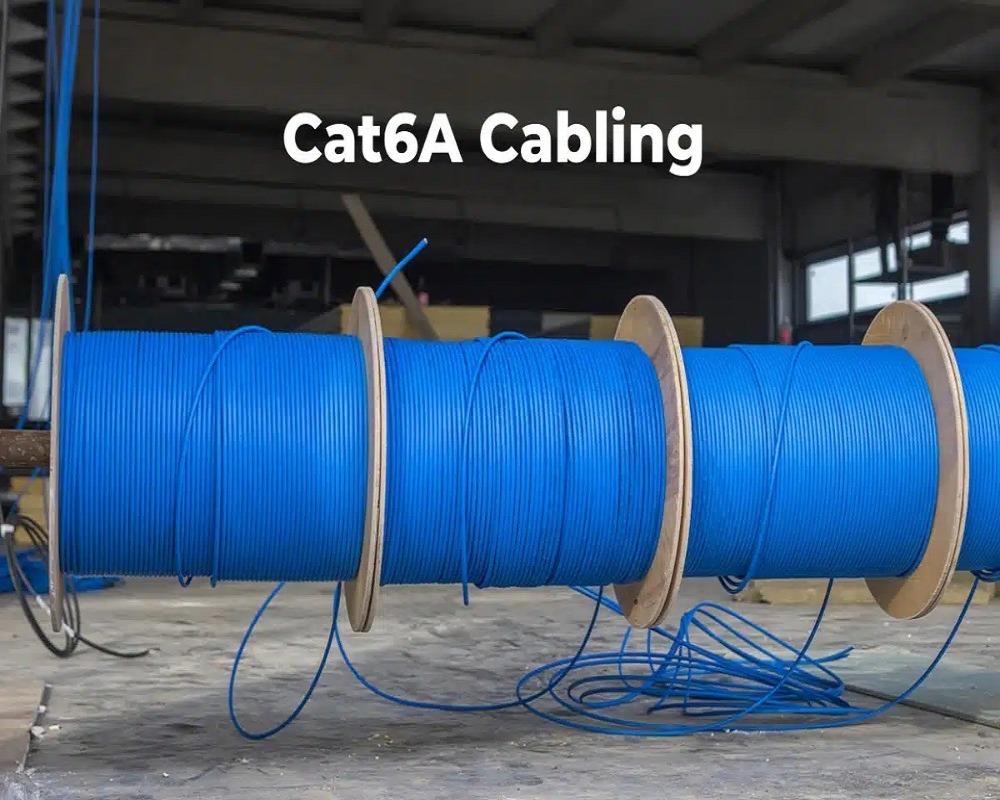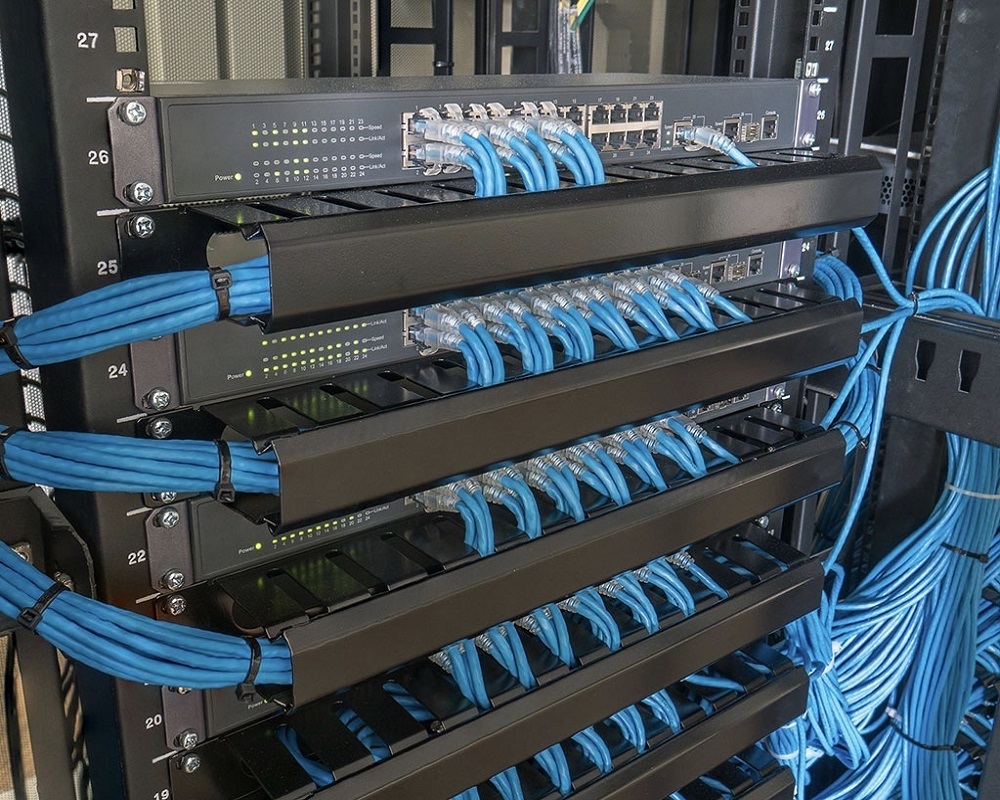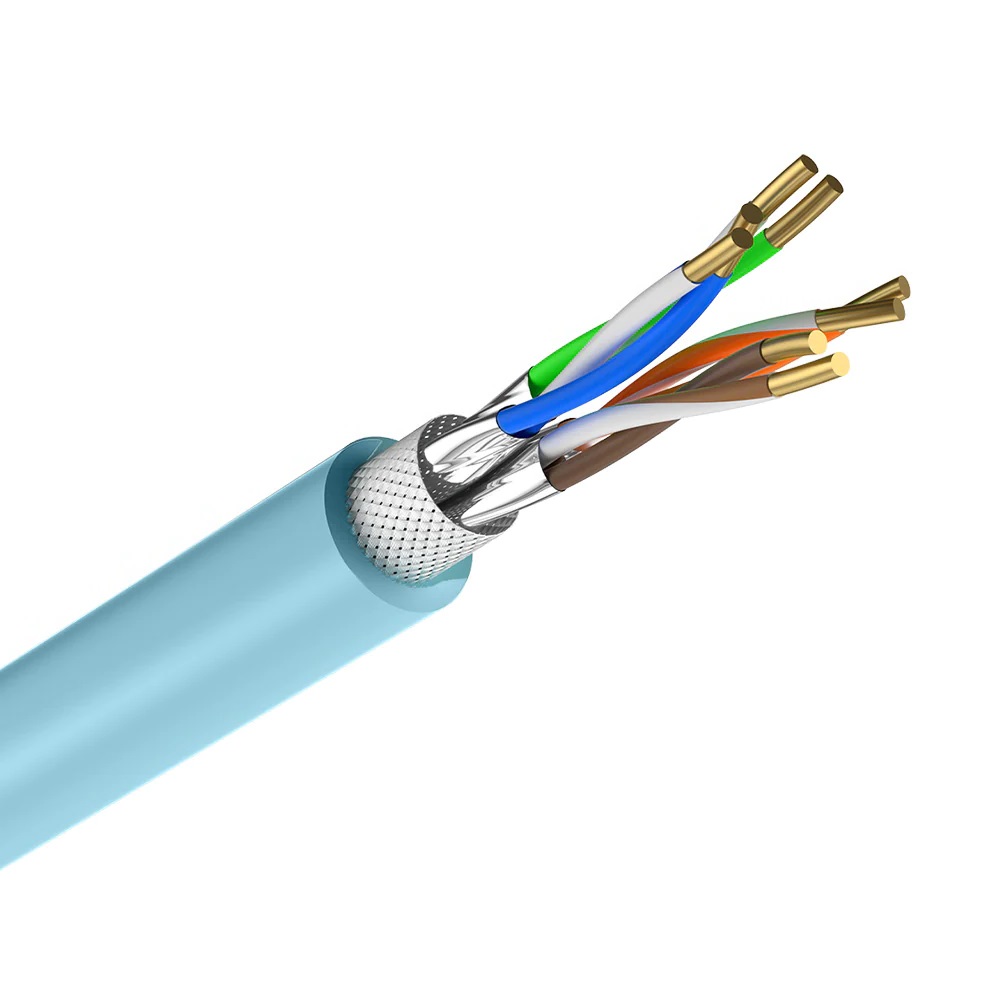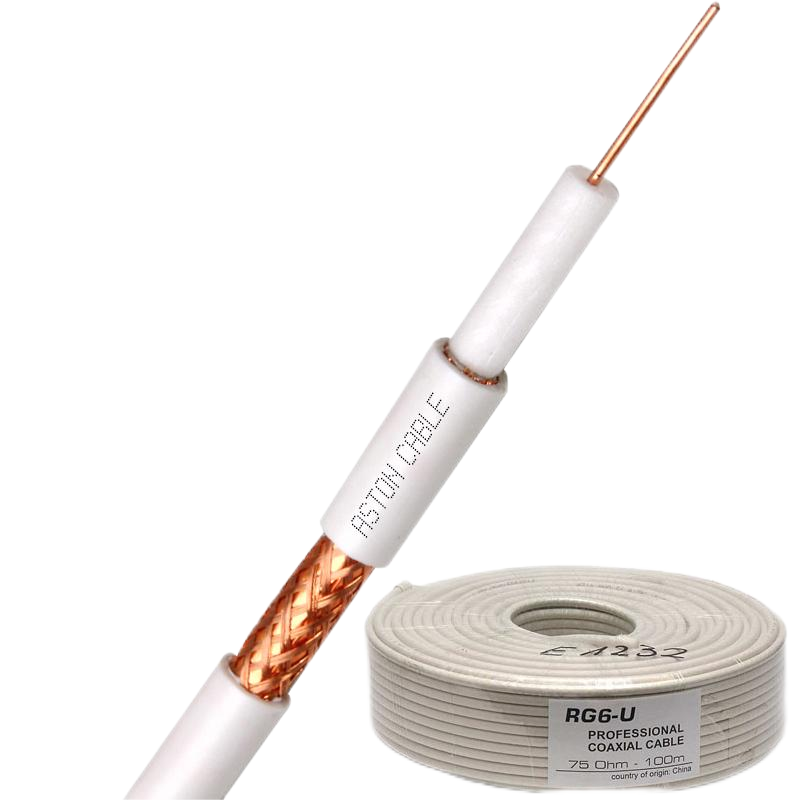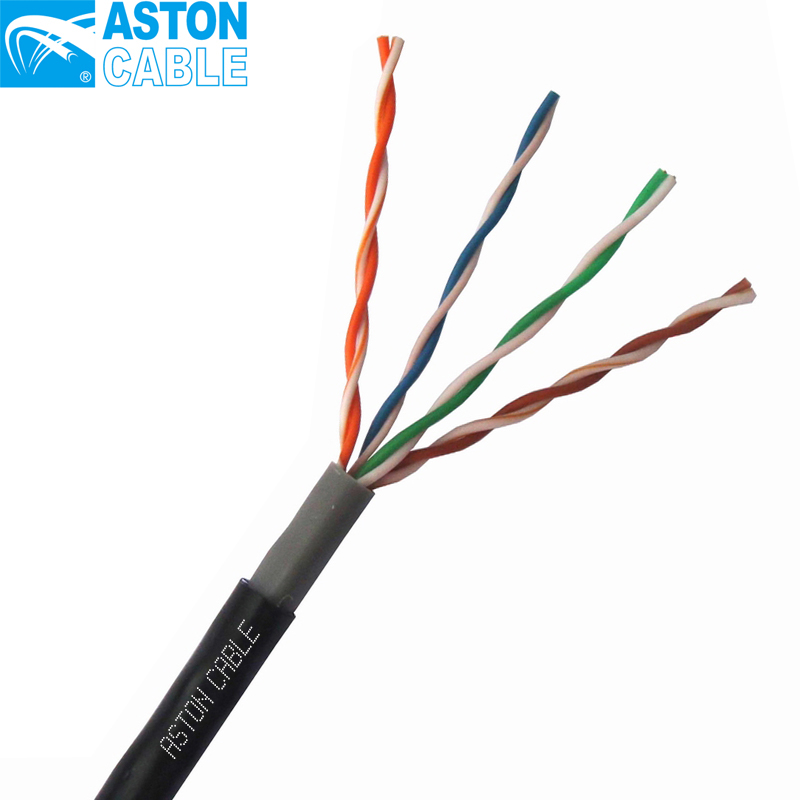Product Main Parameters
| Parameter | Specification |
|---|---|
| Frequency | 500MHz |
| Data Rate | 10Gbps |
| Shield | 4 pairs al foil shield |
| Conductor | 23AWG Bare Copper |
| Jackets | PVC/LSZH |
Common Product Specifications
| Type | LAN Cable Cat6a |
|---|---|
| Core | 4Pairs stranded conductor |
| Insulation | PE |
| Origin | Hangzhou Zhejiang |
Product Manufacturing Process
The manufacturing process of LAN network cables involves precise extrusion of copper conductor, high-quality polyethylene insulation, and the application of an outer PVC jacket. This ensures enhanced durability and performance. According to expert analyses, the intricacy in twisting copper pairs plays a vital role in minimizing crosstalk and enhancing electromagnetic interference resistance, as documented in IEEE standards. Such advanced manufacturing techniques are vital for maintaining high-speed data transfer capabilities.
Product Application Scenarios
LAN network cables are used predominantly in environments demanding stable and high-speed data connections, such as businesses with extensive networks, high-traffic data centers, and educational institutions. In academic papers, the necessity of such cables in reducing latency and providing consistent network stability is emphasized, particularly in scenarios requiring real-time data transmission and high-bandwidth applications.
Product After-Sales Service
Our after-sales service includes a comprehensive warranty period and customer support for setup and troubleshooting. Customers can access technical support via our helpline or email.
Product Transportation
We offer secure and reliable transportation for our LAN network cables, with options for expedited shipping. Products are packed in robust packaging to prevent damage during transit.
Product Advantages
- Superior speed and reliability
- Enhanced security features
- Durability and robust design
FAQ
- What makes Cat6a cables preferred by manufacturers? Cat6a cables are known for their ability to support up to 10Gbps over longer distances compared to Cat6, making them ideal for high-speed applications.
- How do manufacturers ensure cable reliability? Manufacturers use advanced shielding and quality copper materials to minimize interference and maintain stable connections.
- Are Cat6a cables backward compatible? Yes, Cat6a cables can be used with existing Cat6 and Cat5e network setups without issues.
- Why choose LAN network cable over wireless options? Wired LAN cables offer superior speed, security, and reliability, which are crucial for business environments.
- What is the lifespan of LAN network cables? With proper installation and minimal physical stress, LAN cables can last several years, maintaining performance integrity.
- Do LAN cables require specific installation techniques? While they are straightforward to install, ensuring minimal bends and avoiding interference sources enhances performance.
- Are there environmental benefits to using LAN cables? Yes, they are RoHS and CE compliant, ensuring reduced environmental impact in their production and disposal.
- What maintenance do LAN cables require? Periodic inspections for physical damage and ensuring connections are secure are recommended for optimal performance.
- Can LAN network cables be used outdoors? Special outdoor-rated cables with additional UV protection and waterproofing are available for such installations.
- What are the packaging options available? Cables can be ordered in bulk rolls or custom lengths, packed in durable, eco-friendly materials.
Hot Topics
- Topic: Future of LAN Network Cable Manufacturers As the demand for higher bandwidth continues to rise, LAN network cable manufacturers are focusing on innovations that support even faster data transfer rates. With 5G technology on the horizon, these manufacturers are expected to play a crucial role in bridging wireless and wired networks effectively.
- Topic: LAN Network Cable Installation Best Practices Several experts recommend optimal installation practices to maximize efficiency and longevity. Ensuring cables are not bent beyond their radius, avoiding EMI sources, and properly labeling connections are key takeaways from industry conventions.
Image Description
